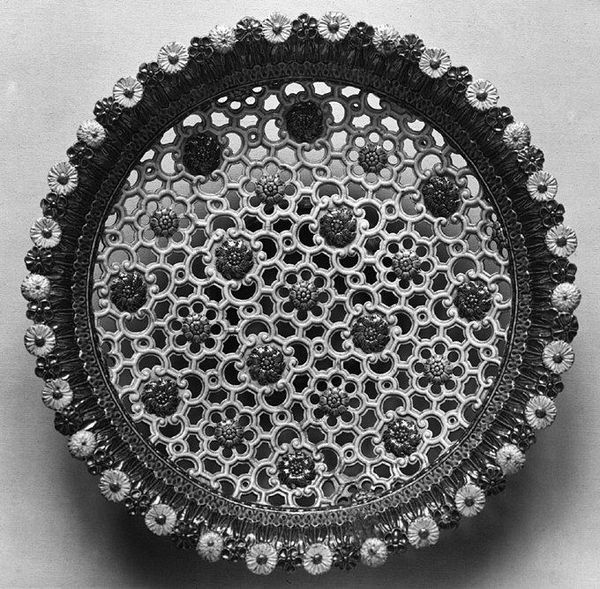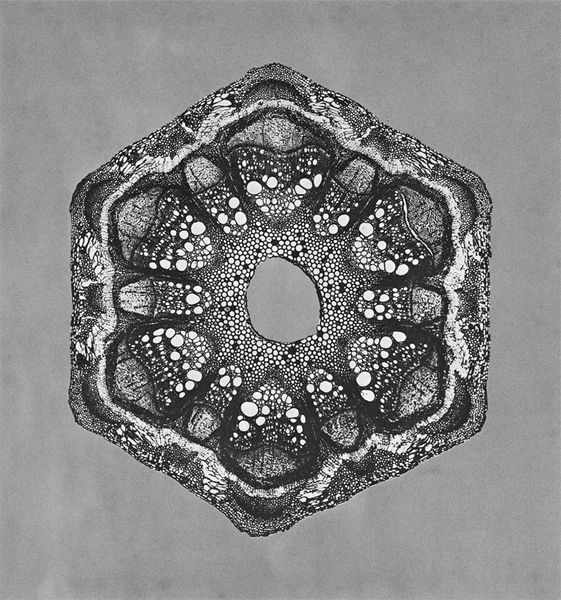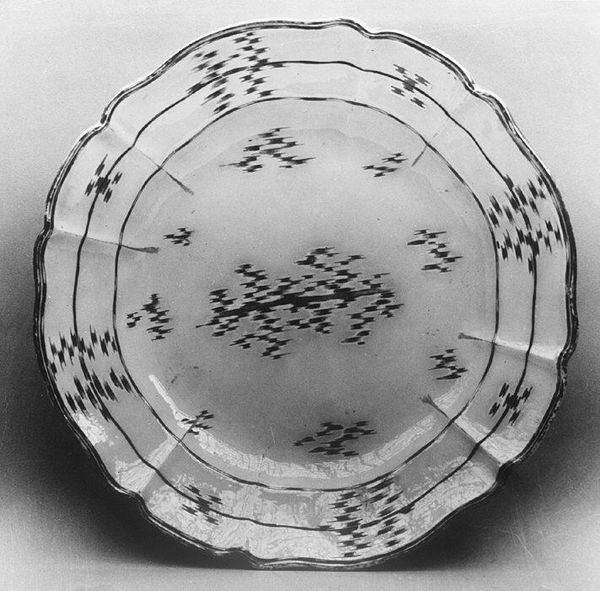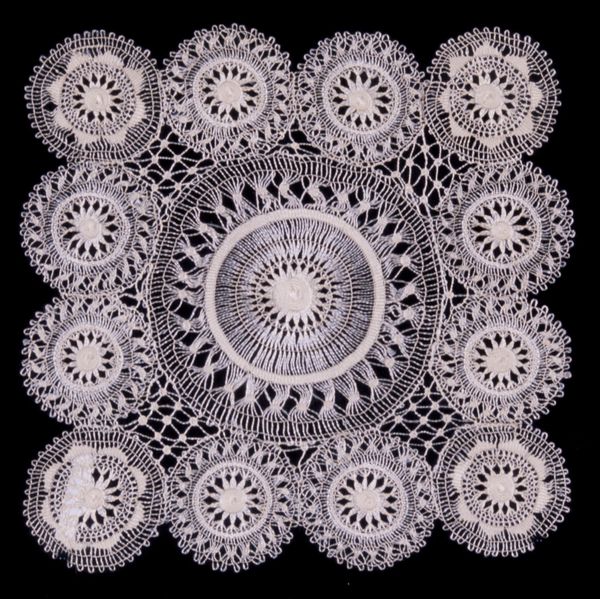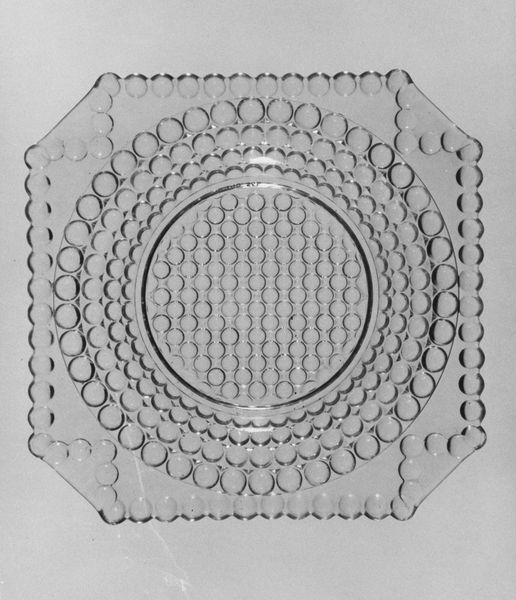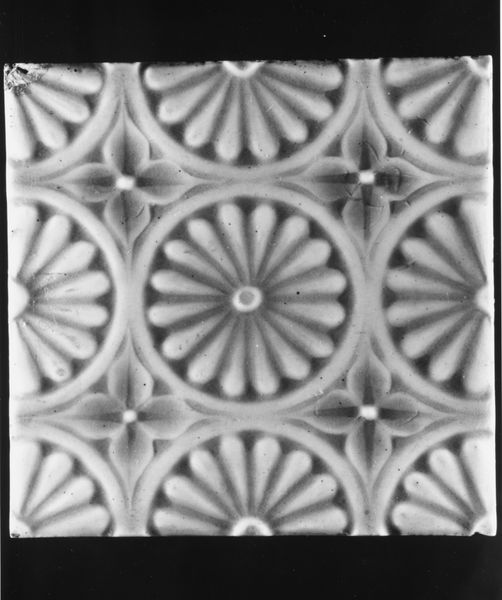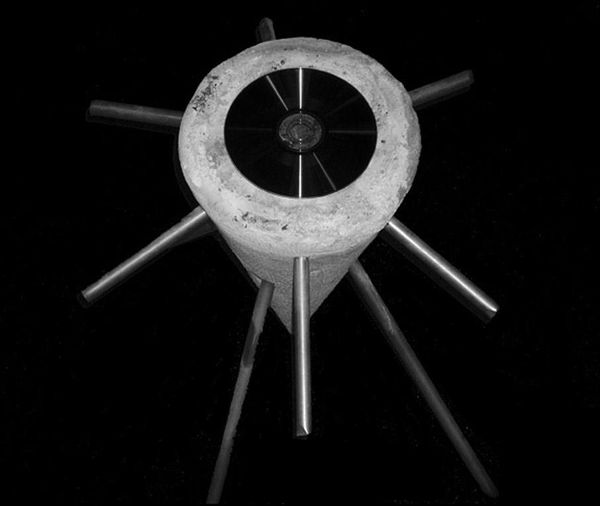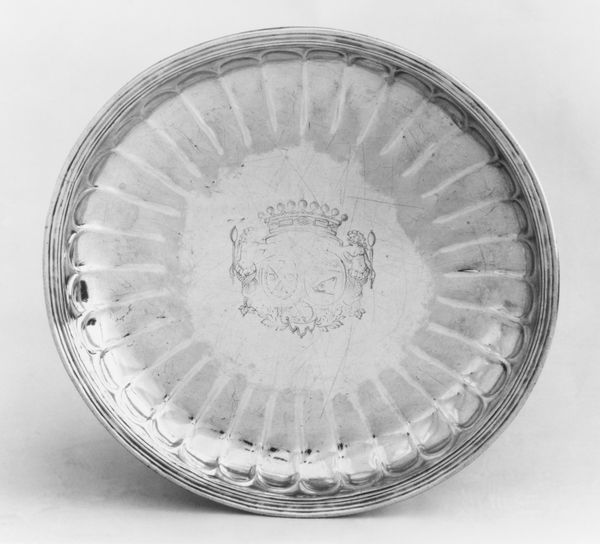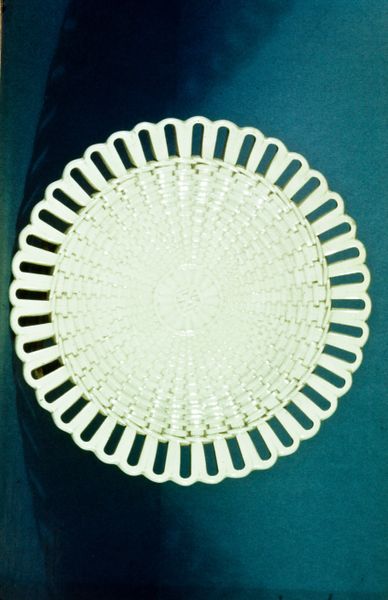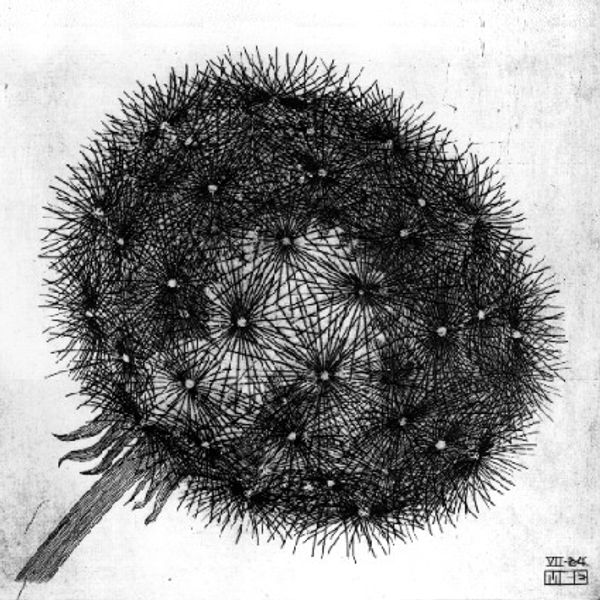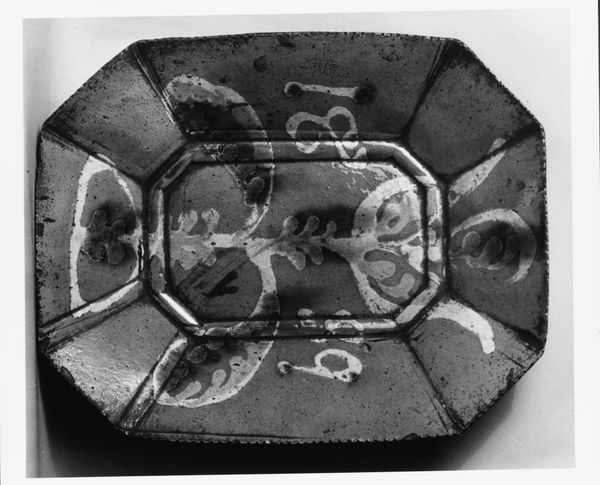
fibre-art, textile, sculpture
#
fibre-art
#
decorative element
#
arts-&-crafts-movement
#
textile
#
sculpture
#
pattern repetition
#
decorative-art
Dimensions: .1: Diam. 60 inches (152.4 cm)
Copyright: Public Domain
This tablecloth and napkin, now in the Metropolitan Museum of Art, may seem a surprising attribution to the great Venetian painter Titian. But consider what this points to about the world he lived in. Made in Venice sometime in the 16th century, this work reflects the city's status as a center for luxury goods and skilled craftsmanship. Lace-making, like painting, was a highly valued art form, closely associated with wealth and status. The designs woven into the fabric often drew inspiration from contemporary paintings and prints. Titian, as a leading artist, would have been at the forefront of such trends. Textiles such as this tell us about social hierarchies, trade networks, and the circulation of artistic ideas. To understand this tablecloth more fully, we might turn to archival records of Venetian workshops, inventories of noble households, and pattern books used by lace makers. Appreciating the historical context helps us understand the multiple forms that art can take.
Comments
No comments
Be the first to comment and join the conversation on the ultimate creative platform.
